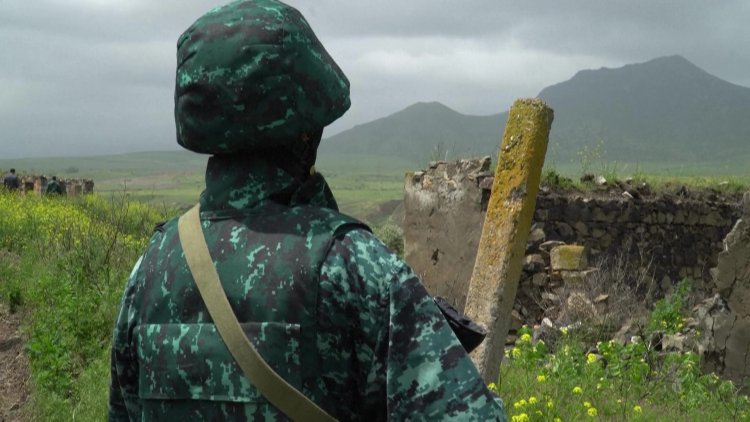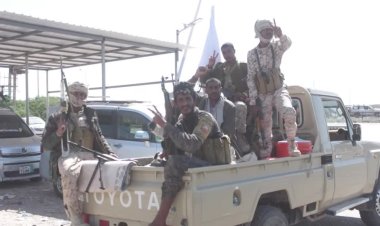Armenia Returns Strategic Villages to Azerbaijan

Images shot during a press tour in the Gazakh district organized by the Azerbaijani authorities show border areas returned by Armenia during recent land transfers.
Images feature ruins of buildings in the returned villages of Ghazilhajili while the area is being patrolled by Azerbaijani servicemen and a post of Azerbaijan's state border service in the area of the village of Baghanis Ayrum, also returned by Yerevan to Baku.
The two countries agreed on the new demarcation of 12.7 kilometers of their border, returning the villages of Baghanis Ayrum, Ashaghi Askipara, Kheyrimli and Ghizilhajili to Azerbaijan. The move sparked massive protests in Armenia with demonstrators demanding Armenian Prime Minister Nikol Pashinyan's resignation.
The ceded area is strategically important for landlocked Armenia because it controls sections of a vital highway to Georgia.
Armenian residents of nearby settlements say the move cuts them off from the rest of the country and accuse Pashinyan of giving away territory without getting anything in return.
In a key step toward normalizing ties between the rivals -- who fought two wars over then-disputed Nagorno Karabakh region -- Yerevan returned to Azerbaijan four border villages it seized decades ago.
Pashinyan defended the territorial concessions as aimed at securing peace with Baku. But they sparked weeks of protests and demonstrations that blocked major roads in an attempt to force him to change course.
Opposition parties would require the support of at least one independent or ruling party MP to launch the impeachment process and success would then hinge on at least 18 lawmakers from Pashinyan's own party voting to unseat the leader.
Last year, Azerbaijan recaptured Karabakh in a lightning offensive against Armenian separatists who had held sway over the mountainous enclave for three decades.
The region's entire Armenian population -- more than 100,000 people -- fled to Armenia in the aftermath.















